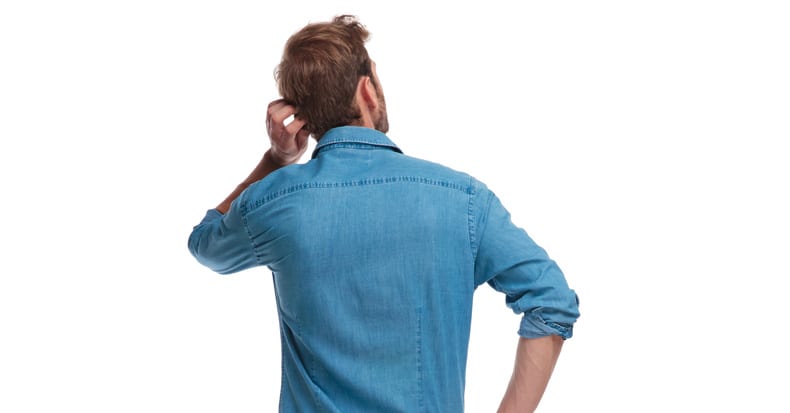Since the late 1980s, researchers have embraced the biopsychosocial model (BPS) to understand both the causative and prognostic factors associated with neuromusculoskeletal disorders, which includes back pain. In order to achieve the best possible outcomes for patients with back pain, it’s important to understand the role that factors outside of the biomechanical injury model play in both the injury and recovery processes. Unfortunately, there’s a lot of misinformation out there that can be detrimental to the patient.
In one study that included 130 low back pain (LBP) patients with persistent or recurring back pain, participants answered questions about the cause of their LBP, including what they’ve learned since receiving care. Their answers revealed that such patients see their LBP as: 1) due to the body being like a broken machine; 2) permanent; 3) complex; and 4) very negative. Nearly 9 in 10 patients (89%) indicated they learned these beliefs from healthcare professionals.
The study’s findings indicate that healthcare providers may be in the best position to educate patients about their condition. However, responses from 103 primary care physicians (PCPs) suggested that they considered biomechanical risk factors to be the most important short-term and long-term factors for a sudden episode of acute LBP.
When it comes to giving yourself the best possible chance of recovery from LBP, here are some things to keep in mind in addition to utilizing non-surgical treatments that are recommended by current guidelines, of which chiropractic care is an excellent choice: 1) Research has demonstrated that depression, anxiety, and self-limiting beliefs about future ability to work or do physical activity are psychosocial factors that are associated with poor outcomes. 2) Insufficient sleep and smoking are also lifestyle behaviors that can slow one’s recovery from injury, which includes low back pain! 3) Because movement is necessary to diffuse nutrients into cartilaginous tissue, it’s important to stay active during the recovery process to maintain joint health. Physical activity also keeps the muscles from deconditioning, especially the deep muscles that control posture.
Doctors of chiropractic are trained to approach treatment from a biopsychosocial perspective and to consider all factors that affect the patient’s chief complaint and quality of life. Through patient education, spinal manipulation, mobilization, exercise training, the use of modalities, and more, chiropractors can greatly help those struggling with back pain and other musculoskeletal conditions!
